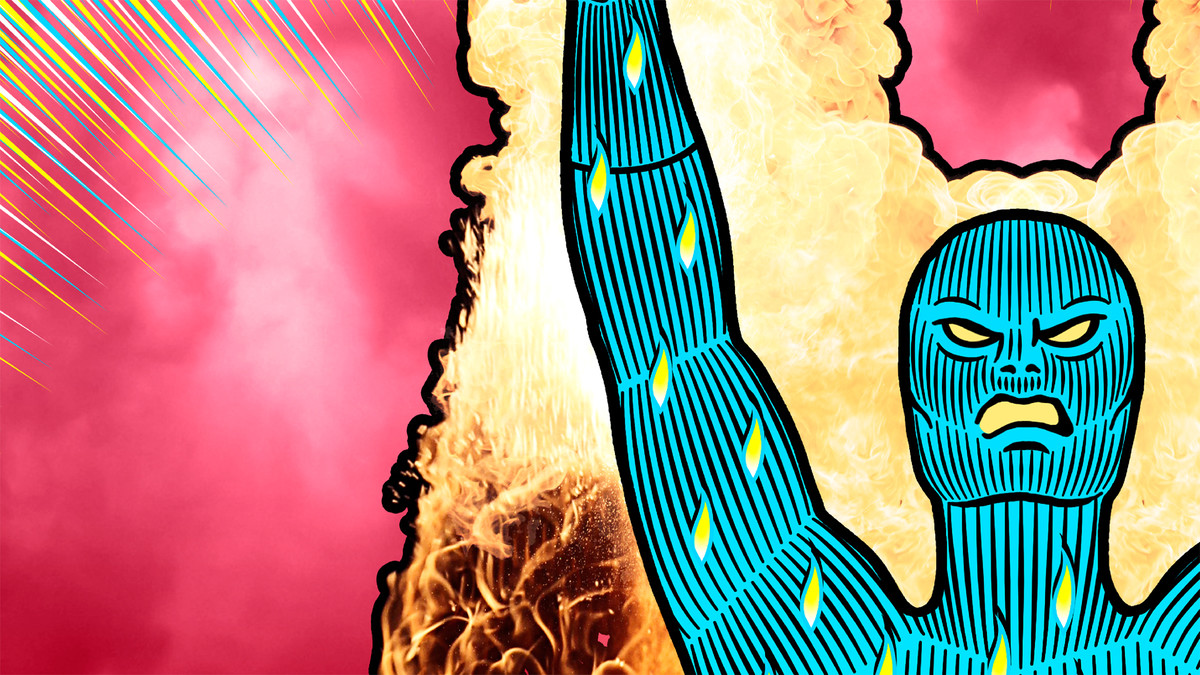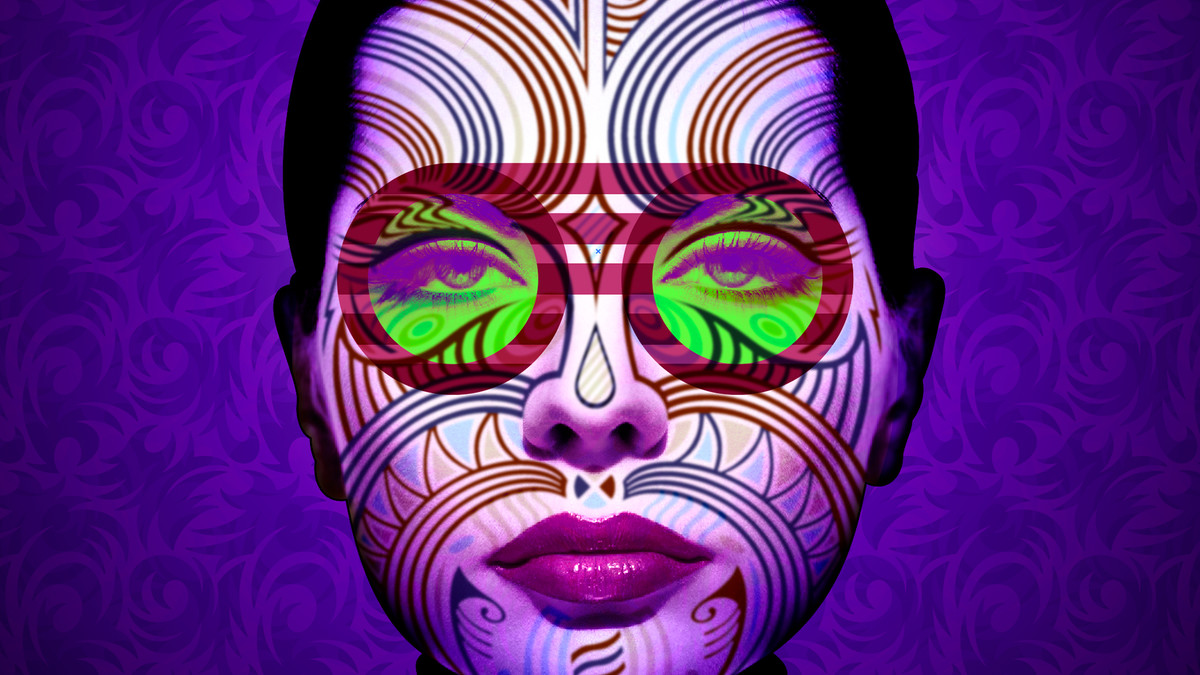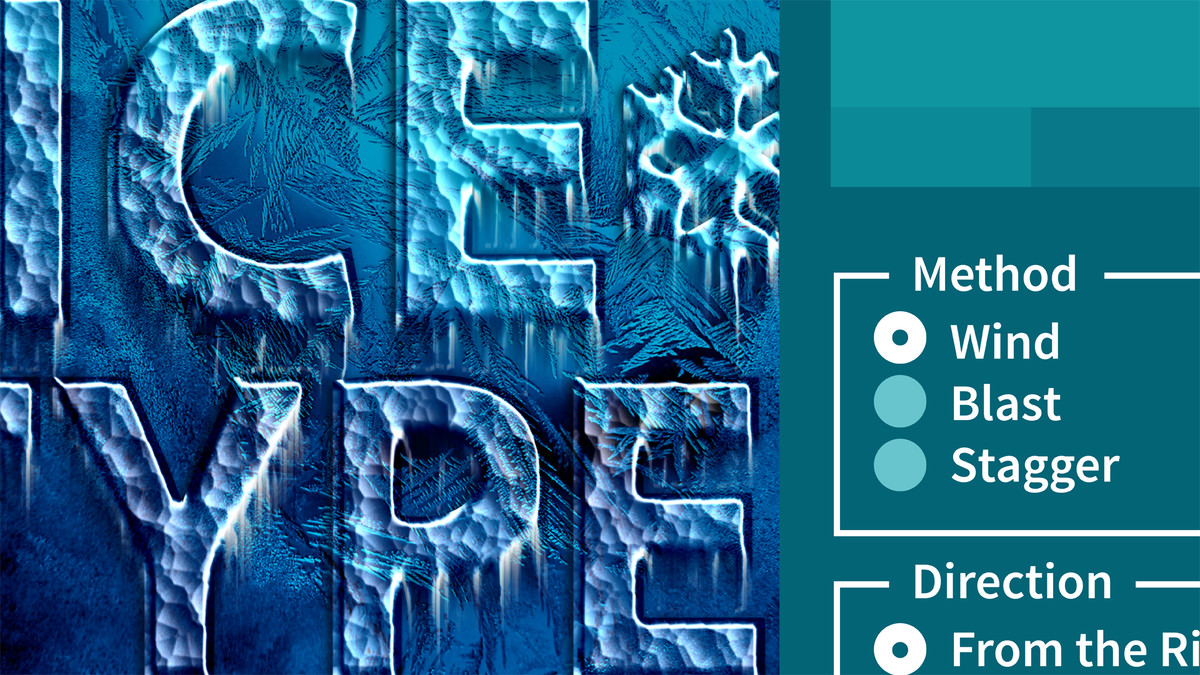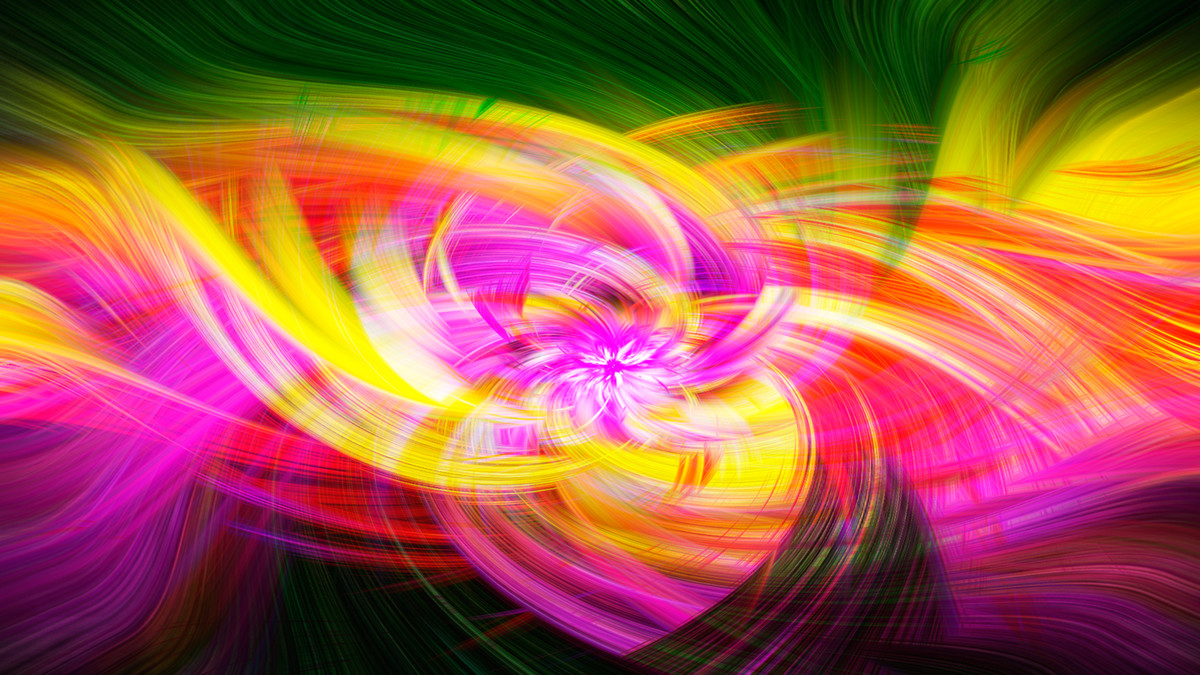Introduction
Welcome
()
The new Photoshop CC 2017 interface
()
1. Opening an Image
How it all starts
()
Opening from the Windows desktop
()
Opening from the Macintosh Finder
()
Opening from Photoshop or Bridge
()
Opening an image in Camera Raw
()
Closing one image, or all at once
()
2. Getting Around
Navigating your image
()
Zooming in and out
()
Using the more precise Zoom tool
()
Zooming continuously
()
Entering a custom zoom value
()
Scrolling (panning)
()
A few top-secret scrolling tricks
()
Switching between open images
()
Rotating and resetting the view
()
Cycling between screen modes
()
Using the Navigator panel
()
Panels and workspaces
()
Updating a workspace
()
A few very important preferences
()
Reassigning Spotlight (Mac only)
()
3. Image Size and Resolution
Digital imaging fundamentals
()
Image size and resolution
()
Introducing the Image Size command
()
Common resolution standards
()
Upsampling vs. real high-resolution data
()
Changing the print resolution
()
Downsampling for print
()
Downsampling for email and photo sharing
()
The six interpolation settings
()
Some practical downsampling advice
()
Upsampling with Preserve Details
()
4. Crop and Straighten
Always shoot big
()
Using the Crop tool
()
Cropping nondestructively
()
Rotating and other Crop tool tricks
()
Straightening a crooked image
()
Filling in missing background details
()
Using the Perspective Crop tool
()
The new Content-Aware Crop
()
5. Introducing Layers
The layered composition
()
Introducing the Layers panel
()
Converting the flat Background into a layer
()
Customizing the transparency checkerboard
()
Turning a color photo black and white
()
Creating a silhouette with Brightness/Contrast
()
Creating a new layer and painting on it
()
Simple tricks for painting with the Brush tool
()
Distinguishing black from non-black pixels
()
Moving an image between documents
()
Expanding the canvas to accommodate a layer
()
Auto-Select and the Move tool
()
Employing a clipping mask
()
Working with Opacity and blend modes
()
Three ways to duplicate a layer
()
Scale, rotate, and layer mask
()
Filling a selection with color
()
6. Saving Your Progress
The many, many ways to save
()
Four essential things to know about saving
()
Saving layers to the native PSD format
()
Saving a flat print image to TIFF
()
Saving an interactive image to PNG
()
Saving a flat photograph to JPEG
()
7. Brightness and Contrast
Luminance and its relationship to color
()
How luminance works
()
The three Auto commands
()
Automatic Brightness/Contrast
()
Custom Brightness/Contrast
()
Applying a dynamic adjustment layer
()
Adjustment layer tips and tricks
()
Isolating an adjustment with a layer mask
()
Introducing the Histogram
()
Putting the Histogram to use
()
Reducing contrast with Shadows/Highlights
()
8. Balancing Colors
Color resides in the eyes of the beholder
()
Identifying the color cast of a photo
()
Correcting a color cast automatically
()
Manually adjusting colors with Color Balance
()
Tipping a color cast with Photo Filter
()
Correcting color cast in Camera Raw
()
Adjusting color intensity with Vibrance
()
Introducing Hue/Saturation
()
Summoning colors where none exist
()
Making even more color with Vibrance
()
Creating a quick-and-dirty sepiatone
()
Your own personal color chart
()
9. Making Selections
Photoshop’s power of selection
()
Using the geometric Marquee tools
()
Painting with the Quick Selection tool
()
Add, subtract, and intersect selections
()
Turning a selection into a layer mask
()
Aligning a layer to a selection
()
Working with the Magic Wand tool
()
Saving and loading selections
()
Refining the quality of a selection
()
Adding clouds to your composition
()
Enhancing the drama of your scene
()
Conquering the Quick Selection tool
()
Using each of the three Lasso tools
()
Drawing a freeform shadow with the Lasso
()
Colorizing a layer with Color Overlay
()
10. The Quick Mask Mode
Painting selections
()
Combining the best of the selection tools
()
Introducing the Quick Mask mode
()
The fastest way to save a selection
()
Gauging the quality of a selection
()
Painting adjustments with the Brush tool
()
Adding motion blur with the Smudge tool
()
Reversing a mask with Invert
()
Applying a special-effects filter
()
Smoothing a badly stroked edge
()
Selecting all the black lines
()
Expanding and contracting a selection
()
11. Retouch and Heal
Your best face forward
()
Correcting very bad colors
()
Cloning and Content-Aware
()
A closer look at Content-Aware cloning
()
Painting with the Spot Healing Brush
()
Healing Brush tips and tricks
()
Shift-clicking to heal in straight lines
()
Using the standard Healing Brush
()
Flipping and rotating the source data
()
Using the Dodge and Burn tools
()
Whitening teeth with the Sponge tool
()
Reshaping details with the Liquify filter
()
Selectively recoloring details
()
Smoothing skin textures with blur
()
Nondestructive dodging and burning
()
12. Introducing Camera Raw
Camera Raw, the most powerful Photoshop plugin
()
Applying Camera Raw as a filter
()
The nondestructive Camera Raw
()
Handling a Camera Raw image in Photoshop
()
Capturing raw images and converting to DNG
()
Opening and developing a raw photograph
()
Opening and editing multiple images
()
Highlights, Shadows, Whites and Blacks
()
Clarity and Chromatic Aberration
()
HSL and the Targeted Adjustment tool
()
Using the Spot Removal tool
()
Cleaning up with the Patch tool
()
13. Creating and Formatting Text
Photoshop vector-based type
()
Creating and scaling a line of type
()
Formatting type from the options bar
()
Formatting type from the Character panel
()
Finding the perfect font
()
Type size and script fonts
()
Creating and editing paragraph text
()
Adjusting leading and paragraph spacing
()
Setting the antialiasing for very small text
()
Aligning one layer to another
()
Creating text along a circle
()
Finding a character with the Glyphs panel
()
Double-stroking a circle
()
Creating a distressed cancellation mark
()
14. Printing Your Images
Print from RGB, not CMYK
()
Using my customizable printer test file
()
Print, size, and position
()
Using printer-specific options on the PC
()
Using printer-specific options on the Mac
()
Brightening your image for print
()
Description and printing marks
()
Establishing a borderless bleed
()
Previewing an image at print size
()
15. Creating Web Graphics
Images on the wild wild web
()
Assigning copyright and contact info
()
How color works on the web
()
Introducing the old-school Save for Web
()
Saving a full-color PNG image
()
Saving a graphic as an 8-bit GIF or PNG
()
Using the new Quick Export command
()
Exporting vector-based layers to SVG
()
Exporting multiple layers and groups
()
Sneak preview: Stroking translucent text
()
Conclusion
Until next time
()





